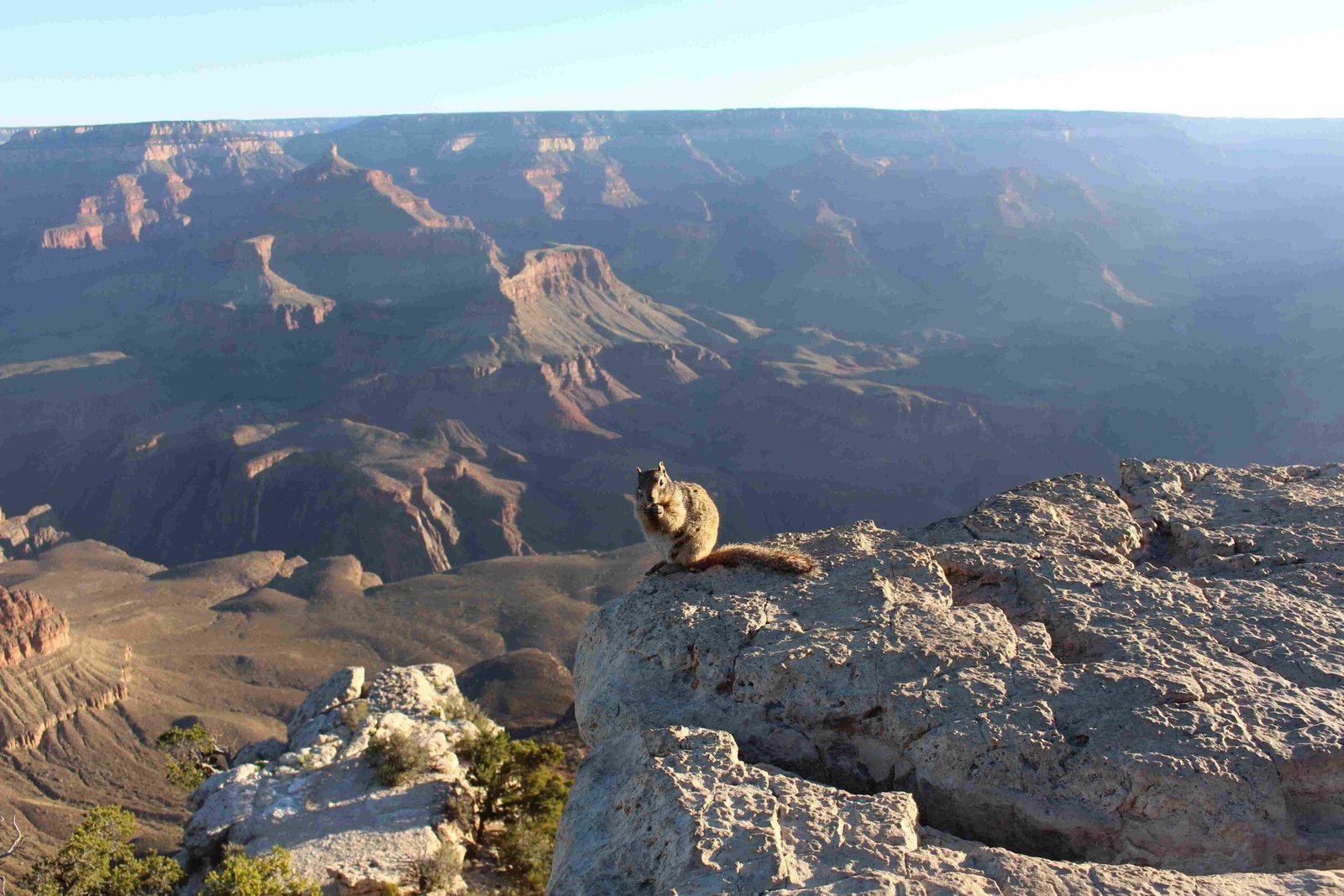The Grand Canyon’s bottom offers an extraordinary landscape where towering rock walls plunge dramatically into the serpentine Colorado River, revealing millions of years of geological history. Adventurers can explore this hidden world through challenging hiking trails, river rafting expeditions, and unique perspectives that transform the canyon from a distant vista into an immersive geological wonderland.
What Makes the Grand Canyon Bottom View Unique?

The Grand Canyon bottom view represents a geological time capsule, where visitors can experience the raw, unfiltered essence of one of the world’s most remarkable natural landscapes. Unlike rim perspectives, the bottom view provides an intimate encounter with the canyon’s intricate geological formations, diverse ecosystems, and the powerful Colorado River that carved this magnificent landscape over millions of years.
How Can You Access the Grand Canyon Bottom?
Hiking Trails to the Canyon Floor
| Trail Name | Distance | Difficulty | Estimated Time |
|---|---|---|---|
| Bright Angel Trail | 9.6 miles | Strenuous | 4-6 hours down |
| South Kaibab Trail | 6.5 miles | Strenuous | 4-6 hours down |
| North Kaibab Trail | 14.3 miles | Very Strenuous | 5-7 hours down |
Key Considerations for Hiking:
– Obtain necessary backcountry permits
– Carry sufficient water and supplies
– Be physically prepared for extreme elevation changes
– Check weather conditions before departure
What Are the Best Ways to Experience the Bottom View?
River Rafting Expeditions
River rafting offers an unparalleled Grand Canyon bottom view, allowing travelers to:
– Navigate the Colorado River’s powerful currents
– Observe geological formations from water level
– Experience remote canyon sections inaccessible by land
– Enjoy guided tours with professional river guides
Tour Options:
– Motorized raft tours (3-7 days)
– Oar-powered expeditions (up to 14 days)
– Private and commercial tour options
Where Can You Capture Stunning Bottom View Photographs?
Recommended Photography Locations
- Phantom Ranch: Central hub with diverse photographic opportunities
- Ribbon Falls: Picturesque waterfall with dramatic canyon backdrop
- Colorado River Shoreline: Unique perspectives of canyon walls
Photography Tips:
– Use wide-angle lenses
– Shoot during early morning or late afternoon
– Capture multiple exposures
– Protect camera equipment from dust and moisture
What Permits and Preparations Are Necessary?
Essential Planning Checklist
- Obtain backcountry camping permits
- Schedule hiking or rafting tour
- Check physical fitness requirements
- Pack appropriate gear and supplies
- Understand safety protocols
- Prepare for extreme temperature variations
What Wildlife and Ecosystems Exist at the Canyon Bottom?
The Grand Canyon bottom hosts a remarkable diversity of life, including:
– Rare plant species adapted to harsh conditions
– Desert bighorn sheep
– Mountain lions
– Numerous bird species
– Unique riparian ecosystems
Expert Recommendations

- Start planning at least 6-12 months in advance
- Consider guided tours for first-time visitors
- Train physically for hiking challenges
- Respect environmental preservation guidelines
Safety Considerations
- Carry emergency communication devices
- Stay hydrated
- Follow designated trails
- Be aware of potential wildlife encounters
- Check weather forecasts regularly
Pro Tip: The Grand Canyon bottom view is not just a destination—it’s a transformative experience that reveals the Earth’s geological history in its most raw and magnificent form.
When to Visit
- Best months: April to October
- Peak season: May to September
- Avoid extreme summer temperatures
- North Rim closes during winter months
Reference:
– National Park Service
– Grand Canyon Trust
– RimToRim Hiking Resources

